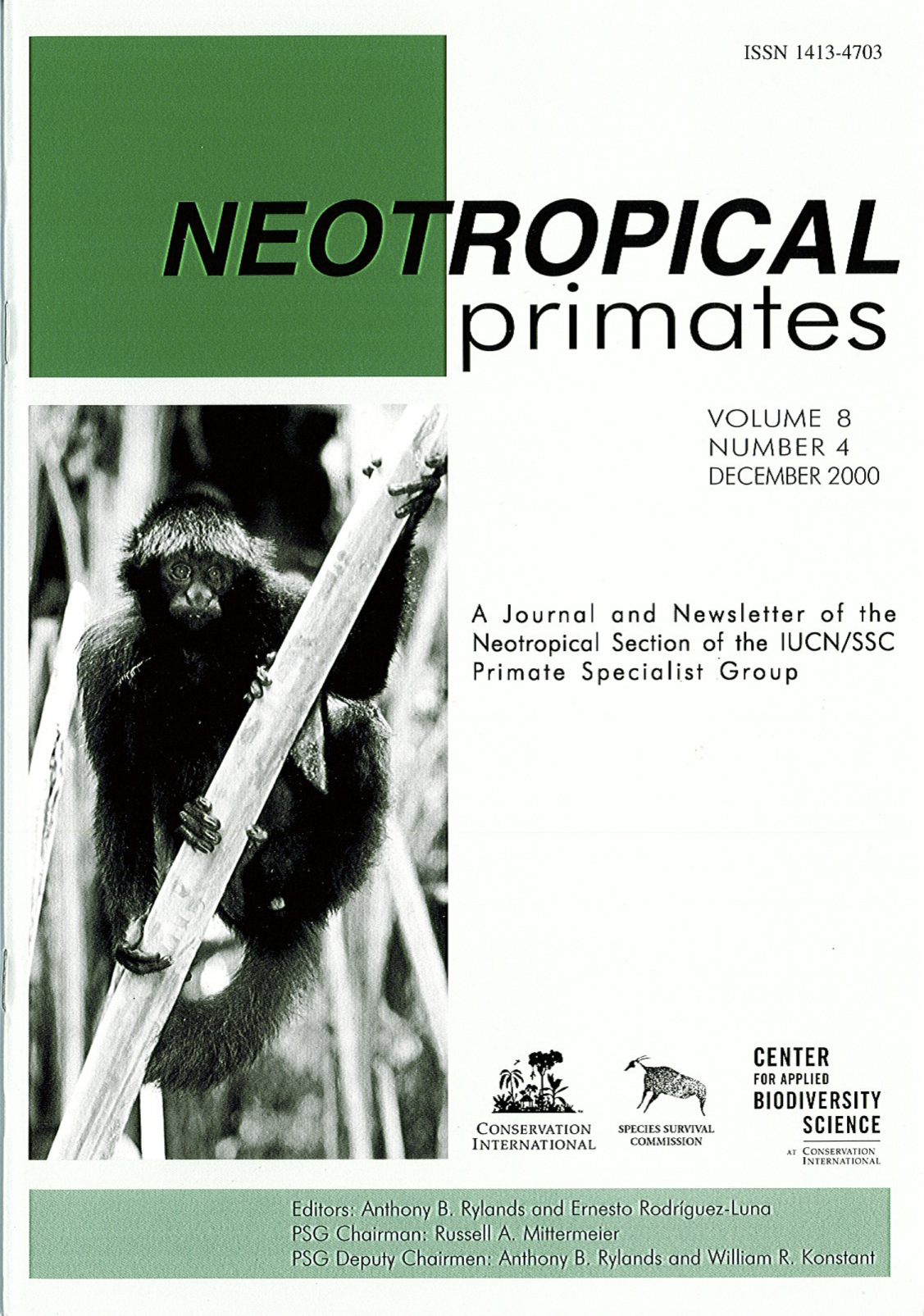Contrastes y similitudes en el uso de recursos y patrón general de actividades en tropas de monos aulladores (Alouatta palliata) en fragmentos de selva en Los Tuxtlas, México
DOI:
https://doi.org/10.62015/np.2000.v8.463Keywords:
Howler monkey, Alouatta palliata, fragmentation, Los Tuxtlas, MexicoAbstract
Human induced fragmentation and isolation of the natural habitat may have important effects on the feeding behavior and general activity patterns of howler monkeys. Observed variations in these behavior patterns may represent adjustments made by howler monkeys to changing environmental conditions, but until now little information is available in the literature on such effects. We studied the general feeding preferences and activity patterns ofhowÍer monkey troops (A. palliata) existing in three forest fragments--one small (3 ha), one medium (35 ha) and one large (250 ha)-in the region of Los Tuxtlas, Mexico. Results showed a general trend toward a more diverse resource base in the diet from the small to the large forest fragments. A similar trend was evident in the number of tree species used, ranging from 6 to 15 to 22. The observed diet of the howler troop in the smallest fragment was dominated by leaves (80% feeding time). In contrast, in the medium and large fragments consumption of leaves accounted for 44% and 22% of their feeding time, respectively, with fruits and flowers accounting for the remaining feeding time. The proportion of time spent traveling decreased from the large to the medium to the small forest fragment, suggesting limitations in troop ranging with decreases in habitat size: Our study suggests the use of a landscape perspective in the study and conservation of howler monkey troops existing in fragmented habitats.

Downloads
Published
Issue
Section
License

This work is licensed under a Creative Commons Attribution-NonCommercial-ShareAlike 4.0 International License.


